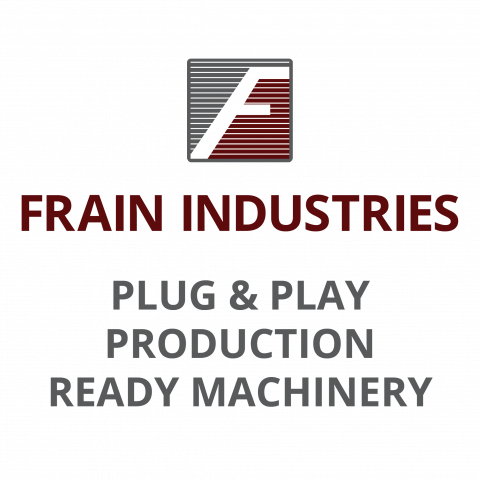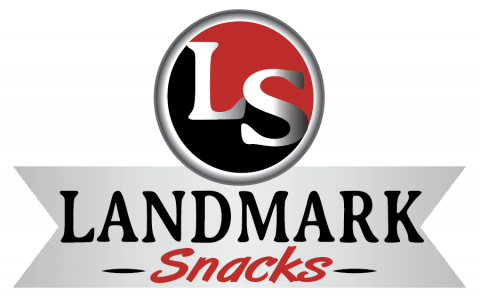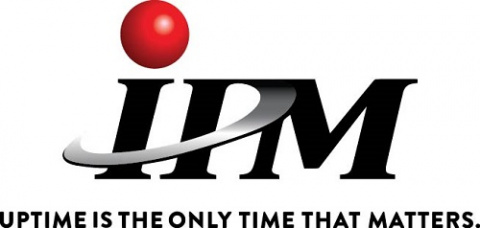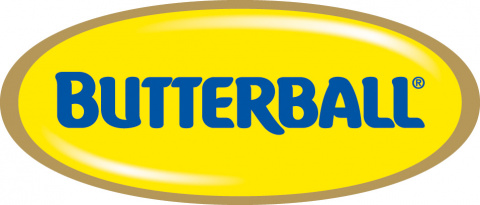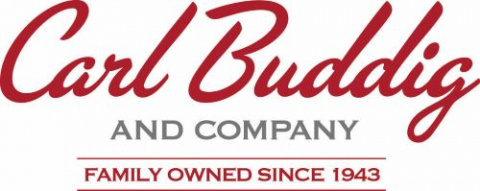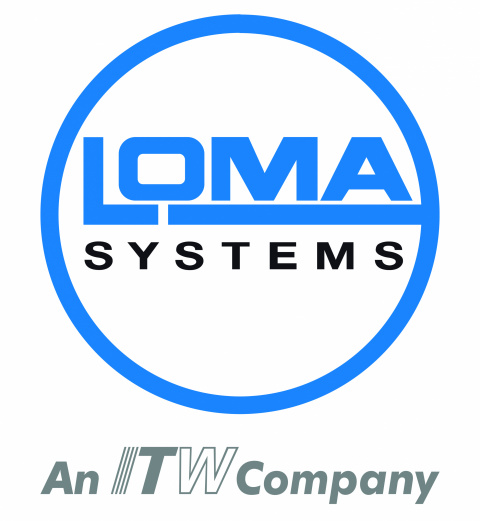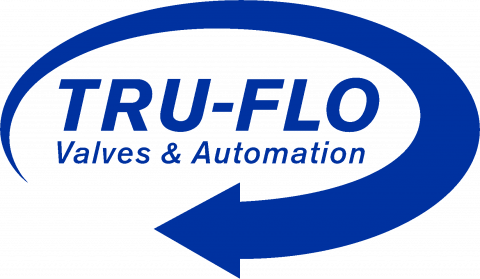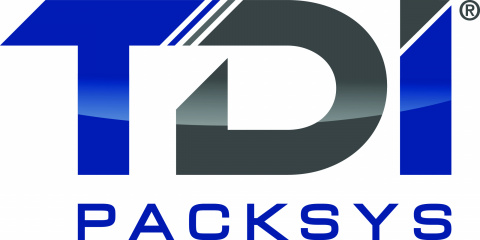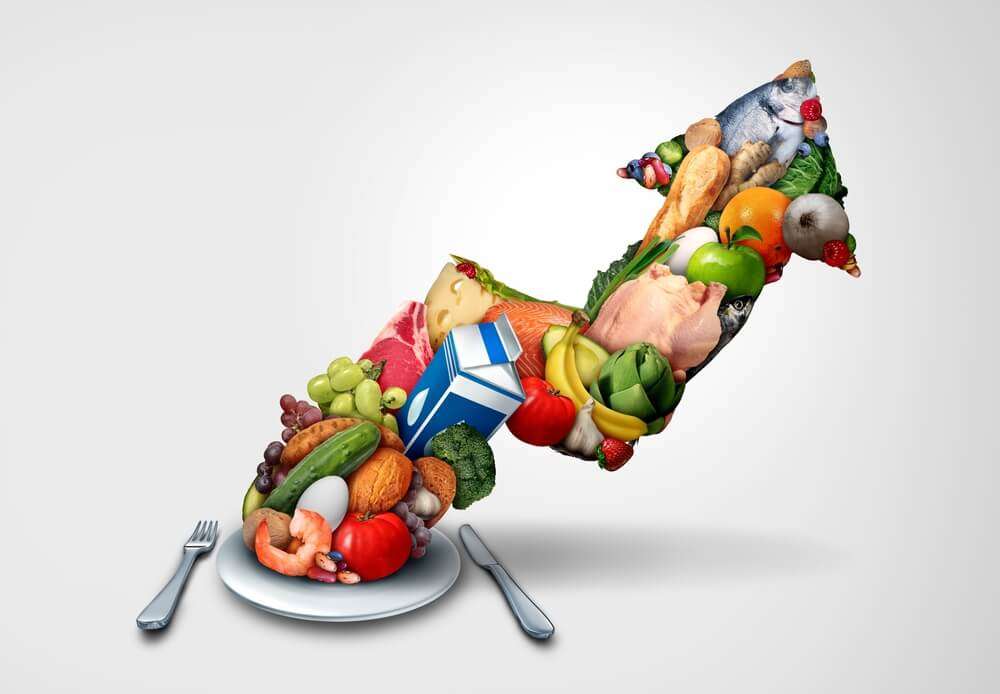
I grew up the son of a chocoholic. In fact, no matter how bad times were (I’m thinking mid to late 70’s), there was always some chocolate for me and my four siblings after dinner. It might not have been the best quality and it might not have been much, but it was something. Fast forward twenty-five years when I entered into the food industry with very strong opinions about the candy industry. I remember standing in the line at the supermarket waiting to check out and my eyes always went to the candy bars that were now listing their regular prices at 40 cents but were on sale at three for $1.00. They seemed to play that game for a few years, fearful of what the consumer might do if they were actually asked to pick up the cost of rising ingredient prices. “Ha, they won’t get me,” I remember thinking.
That was before smart phones. Before Twitter. Before alt-protein and avocado toast (although if you have read my blog, you know that’s been in my diet since the mid-nineties!). And before the USDA announced food prices are raising at their fastest rate in the past 40 years. Of course, this is not news to anyone who hasn’t been living under a rock. No matter what product you see in the market, it’s all gone up. And my precious Reese’s? That’s $1.20 today at Wegmans.
Clearly the candy companies, as well as all the other food manufacturers, have lost their fear of raising prices.
So, what does that mean for the equipment manufacturer who supplies these companies? Do they get to similarly raise their costs? Um, it’s not that easy.
In a recent discussion with one of our members, we talked about the fact that we are now entering a period of both inflationary and recessionary pressures, something that most of us have not experienced in our careers, unless if your work goes back into the late 70’s. In short, we’ve had it easy when you think we’ve only really had to deal with recessions over the past 40 years. How long? A year? Two? Tighten your belt and you’ll get through it. But inflation and recession? What to do?
I just read an excellent piece on ChiefExecutive.com that addressed this important topic. Some of the highlights include:
Pricing must not be controlled by the sales force. The dominant psychology of the sales and marketing departments in good times is to capture as many customers as possible and make every sale that is possible, often without thinking too hard about whether the sale is profitable, or the customer is sound. They have a psychological aversion to raising prices, the result of frequent customer pushback and demands for discounts.
In an inflationary period, delaying price increases can be a disaster. The company needs a pricing philosophy and methodology that shows with precision when, where and by how much to raise prices, fully cognizant of the consequences to volume, market share, revenue and margins. This will require close consultation between sales, the CFO and CEO.
Whether you are a B2B or B2C company, the attitude toward customers must change as well. While the customer is still king, not every customer is a customer worth having. You must evaluate each customer, especially in a B2B business. What is this customer’s cash pain point, how are they going to absorb inflation, and how will they change their pricing and modeling? The same goes for understanding your competitors. A competitor who can’t or won’t raise prices, eliminate unprofitable products or evaluate customers may enjoy a temporary market advantage but will invariably weaken over time. The game isn’t won or lost in the first innings. You should map your whole value chain to model how inflation will impact your own business model and the business model of every link in the chain. Use this information to show customers why you need a price increase and how they can recoup that in their own business model.
Of course, when discussing equipment for today’s modern food industry, we’re not talking about widgets. Rising costs for labor, stainless steel, fuel, etc. all come into play and as such, none of us are in a “take it or leave it” position.
That is why FPSA has pulled together a panel of different equipment suppliers to tackle this important topic in the session “Sales Strategy for a Brave New World” at the FPSA Fall Sales Conference next September. Registration is now open and non-members are welcome to attend also.
Join us at this year’s Conference and we’ll swap ideas on best practices for all in these unique times!





